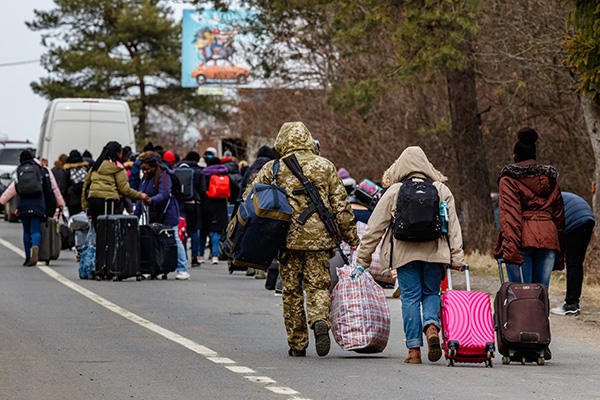
War in Ukraine: What short-term effects on the French economy?
by Xavier Ragot, with contributions from Céline Antonin, Elliot Aurissergues, Christophe Blot, Eric Heyer, Paul Malliet, Mathieu Plane, Raoul Sampognaro, Xavier Timbeau, Grégory Verdugo. The […]
